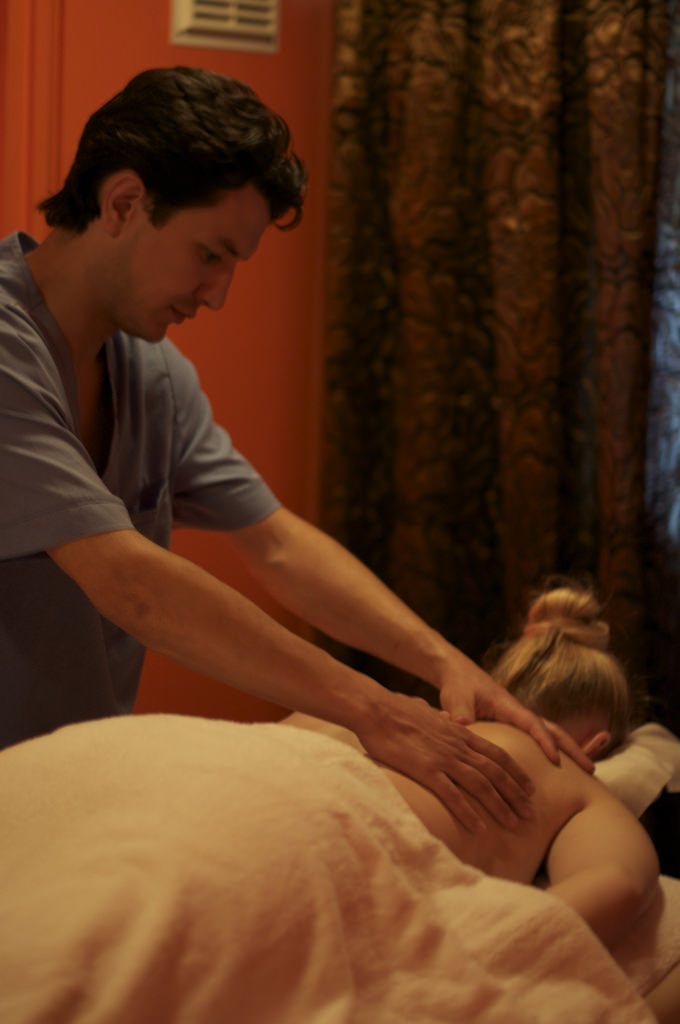Manual therapy affects brain activities related to interoception
Recently there is an interest in the role of touch and interoception, “the sense of the physiological condition of the entire body.” In particular, affective touch has been shown to affect low-conducting unmyelinated C-tactile (CT) fibres, which trigger a general sense of well-being. This suggests a neurobiological component in manual therapies.
Researchers from the University of Chieti-Pescara, Chieti, Italy hypothesised that touch-based manual therapy can affect neural activity and thus conducted a study to investigate the effect of osteopathic treatment on brain activity on patients with chronic lower back pain. The study was published in the Feb 2020 edition of Scientific Reports.
The study was a randomised placebo-controlled trial aimed to explore the extent to which osteopathic manipulative treatment can affect brain activity, particularly the insula. Thirty-two right-handed adults with chronic Low Back Pain were randomly assigned to either the manual treatment or sham group. The osteopathic treatment used light, gentle touch techniques to correct the somatic dysfunction by applying Sutherland’s balance point model. It included balanced-ligamentous tension, balanced-membranous, and fluidic techniques. Patients received four weekly sessions, and fMRI was performed at enrolment, immediately after the first session (acute response) and at one month (chronic response).
The results showed that the treatment group showed an increase in precision in tracking their own heartbeat, a sign of interoceptive awareness, as opposed to the sham group. The fMRI scan showed the treatment group produced a distinct and specific effect in specific brain areas related to interoception, i.e., bilateral insula, ACC, left striatum, and rMFG. The observed trend across the three time points is inconclusive.
This preliminary findings provide an insight into the effects of manual therapies on brain activity.
Read Also
